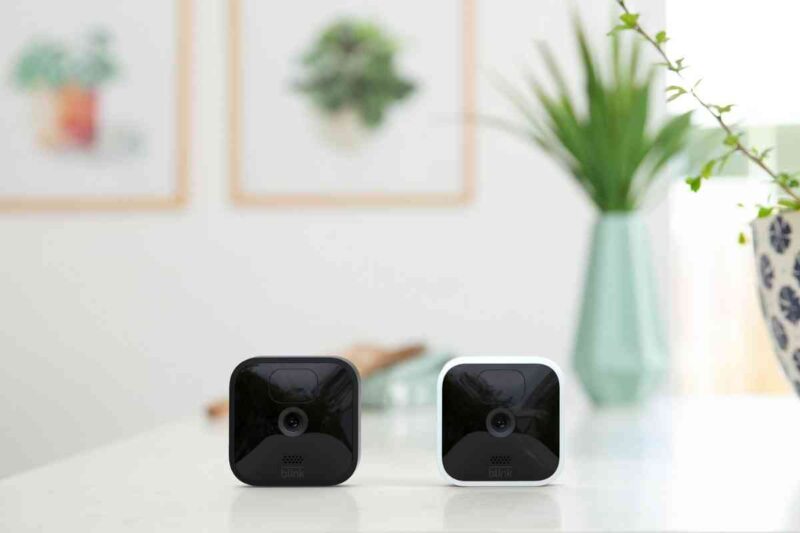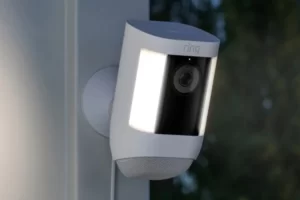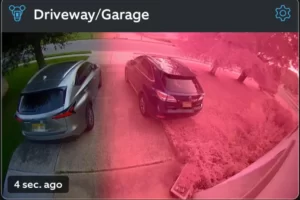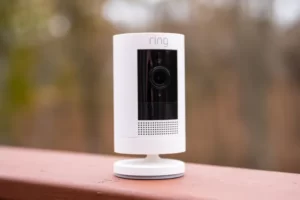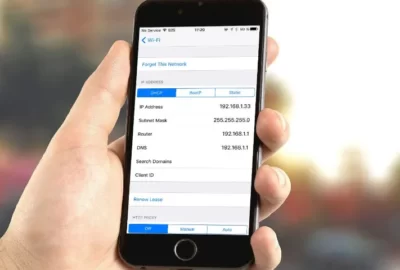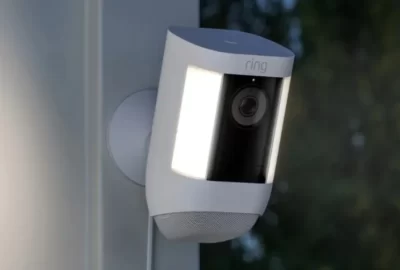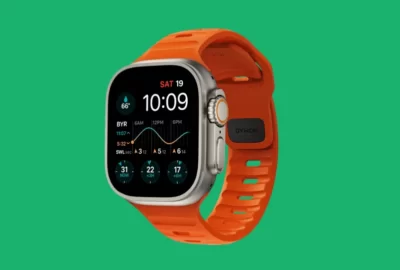Does Blink Camera Need WiFi? Everything You Need to Know
If you want to keep your family safe at night, flashing cameras are an affordable option to keep your home safe and your mind at ease. Blink cameras offer this protection, but require Wi-Fi for effective home protection. Blinking Camera requires a stable Wi-Fi connection to capture and save camera feeds. In the absence of Wi-Fi, the camera will remain powered and functional, but the feed cannot be viewed.
Other Posts You Might Like: Can I Stream Youtube With 3G?
Does Blink Camera Need WiFi?
Blink cameras are one of the most popular options for homeowners. It is a motion capture camera that records every five seconds. It does require Wi-Fi to work properly, though.
This is because it has no built-in storage. It records video and transmits it directly to the cloud via the internet.
Blink Features You Lose Without Wi-Fi
Blink offers three types of cameras with various functions:
- Blink outdoor cameras are weather-resistant, battery-operated, and feature two-way audio communication.
- Blink indoor cameras have all the same features as outdoor cameras, but are not weatherproof.
- At its lowest price, the Blink mini camera plugs into a wall outlet and doesn’t rely on battery power.
When the device is disconnected from Wi-Fi, with every blinking camera, the live feed will no longer be accessible and the audio functionality will stop. The camera will continue to detect motion, but will not record or transmit feeds to your viewing device. Additionally, the camera and sync modules will no longer receive regularly released firmware updates unless the device is connected to Wi-Fi.
To get the most out of your flash, it’s worth investing in a reliable Wi-Fi connection, either through your internet provider or by adding a Wi-Fi extender to your home. Making sure your device is up-to-date and functional will allow you to sleep better at night knowing you’re completely covered.
Read More:
How Do I Make My Blink Camera Work Offline
It’s impossible to have a functioning Blink camera without Wi-Fi.
The Blink camera requires the internet because it transmits the recorded content directly to the cloud.
The video feed isn’t over a cable, and there’s no built-in storage.
This doesn’t mean that if you’ve purchased a Blink camera system but don’t have internet, then you’ve lost all hope.
There are a few alternatives to a standard home Wi-Fi connection you can use.
Mobile Hotspot
You can set up your Blink camera system and test it out to see if it works with your phone’s mobile hotspot.
Note that hotspots may not provide the best experience.
It’s definitely better to use DSL, cable, or fiber internet at home.
Getting your phone’s mobile hotspot connected to the flash 24/7 is an impossible task.
You can’t be expected to leave your phone at home when you’re away from home.
The good news is that mobile data providers often sell standalone mobile hotspot devices.
Consider buying one of these devices to keep at home.
Another problem with mobile hotspots is data limitations.
Compared to other wireless cameras, Blink cameras don’t need to use much data at all.
However, that’s still quite impressive considering the monthly data limit.
Each 5-second clip of a Blink video is about 750 KBs.
This means that if your blink continues to detect motion, you can see data usage up to half a gigabyte per hour.
This means that data consumption will be a huge problem when using a mobile hotspot.
You might consider activating the hotspot only when you’re sleeping or when you’re away from home.
That way, you can monitor your home without running out of bandwidth when you’re most likely to have unwanted visitors.
You may also want to turn off your hotspot when you’re outside.
Your own movement triggers flashes and wastes precious data by logging.
It’s also wise to turn off the hotspot when non-threatening motion triggers the camera.
Alternatively, you can reduce the sensitivity of camera motion detection to stop things like objects blowing in the wind from triggering recordings.
The Best Internet for Blink Cameras
As mentioned earlier, the best type of internet for Blink is DSL, cable, or fiber.
These internet types provide the stability Blink needs to work at its highest level.
Official requirements for the flash camera setup include an upload speed of 2 MBs/s.
You should keep this in mind when shopping for your internet service provider; however, some people report that their flash is functional and upload speeds are slow.
This is especially true if you’re only using one camera.
It is unwise to use satellite internet in conjunction with a flashing camera system.
Satellite internet has extremely high latency, sometimes causing delays of more than two seconds.
This may render some features of the Blink system unavailable, such as live view mode.
Satellite internet is also extremely unreliable.
The smallest amount of rain or cloudy days may shut down your security systems until the storm passes.
How To Connect Blink Camera To WiFi
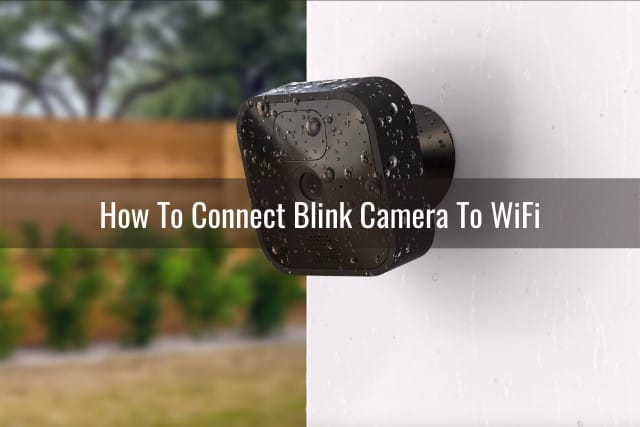
The following steps will help you understand how to connect your Blink camera to Wi-Fi.
Step 1: First download the Blink app to your smart device and create an account.
Step 2: Select your country and region, then enter your email address and password.
Step 3: Enter your verification code and phone number.
Step 4: You can now choose to link the Blink Camera to your Amazon account. This step is optional and you can choose to skip it. You will now be prompted to set up a sync module account.
How To Change WiFi On Blink Camera
If you have recently moved or changed who your internet service provider is, you will need to change the Wi-Fi on the Blink Camera to the new network. This can be done in a few simple steps.
Go to your Blink account, then go to Settings. Click Find Your System, then select Sync Modules and Change WiFi Network. Using a paper clip, press the reset button until the light turns blue, then green.
Once you see the green light, press “Discover” in the app. You will then be prompted to join the sync module to the new network. Add network credentials. You will be notified when the sync module is added. Now you can add your Blink camera to the new network.
Summary: Does Blink Camera Need WiFi?
To best protect your home with a flashing camera, you must have a functioning and reliable Wi-Fi connection. Without Wi-Fi, flashing cameras will continue to intimidate potential intruders.
Still, it doesn’t give you access to the camera feed, eliminating one significant advantage it offers.
Read More: Can Blink Cameras Be Hacked?

